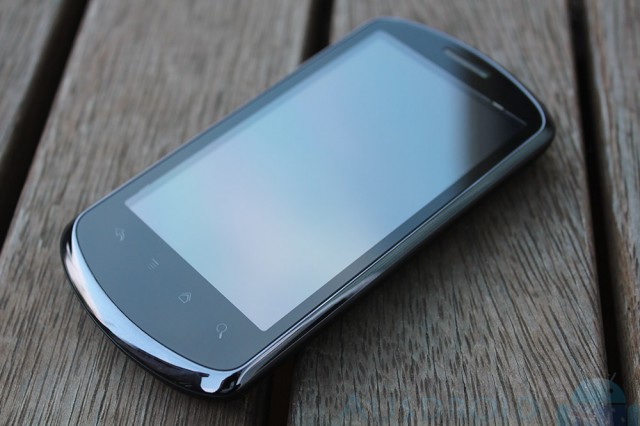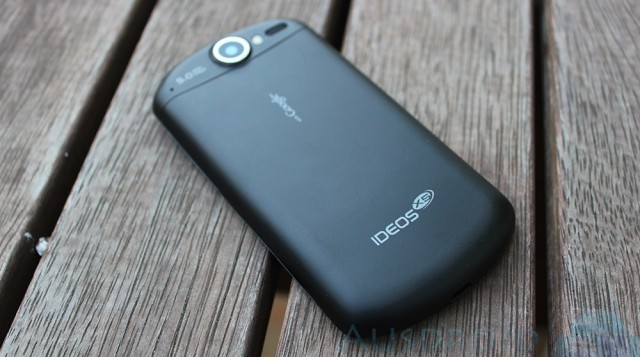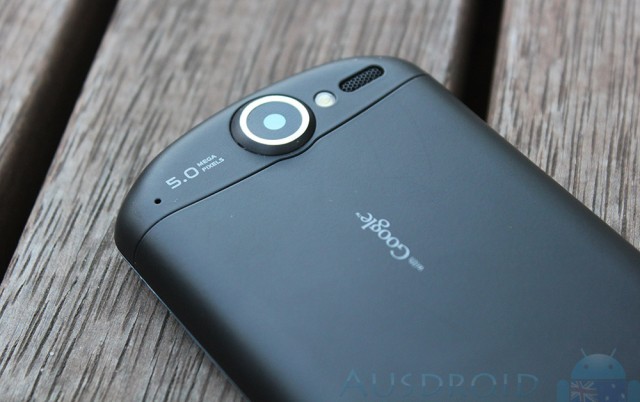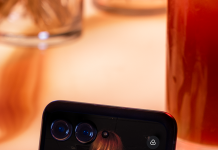
The Huawei IDEOS X5 was, and still is, the cheapest device around with such amazing specs. I mean you can pick up this device for just under $300 at your local Crazy John’s and you’ll get virtually the same specs as an HTC Desire Z minus the $500 price tag. I’ve been quite excited to get my hands on the IDEOS X5, just to see if it’s not some crappy device that will break or stop functioning within a few months. I was pleasantly surprised to find the build quality is quite good and the software (vanilla Android with some preloaded games) works flawlessly. Hit the break for the quick review of this quick little phone.
Pros..
- Cheap!
- Fairly fast
- Android 2.2 (Vanilla)
- 720p video recording
Cons..
- A little bit bulky
- Capacitive buttons
Hardware..
Huawei are good at making hardware, there’s no doubt about it. Their bits of technology (antennas, etc.) are in nearly all of our favourite gadgets, so building a phone for them would have been an easy exercise. The look of the IDEOS X5 is very simplistic, there’s no wacky curves or sexy metal finish, as this baby is all plastic and still has a bit of weight to it. The device feels wide and thick in the hand which makes it somewhat uncomfortable to hold for longs periods of time. As for the internals, Huawei didn’t hold back: 800MHz Qualcomm Scorpion CPU, Adreno 205 GPU, 480×800 Capacitive Display, Wi-Fi b/g/n and HSPA 2100/900MHz. This device has all the internals of a mid-range device for a low-end price.

Build..
On the top of the IDEOS X5 is the power button and 3.5mm headphone jack and just below them on the rear of the device sits the 5MP camera capable of shooting 720p video at 30fps, an LED flash, loudspeaker and what appears to be a second noise cancelling microphone, which is always a win on devices nowadays. Below the camera is where the back slides off to reveal the 1500mAh battery, SIM card slot and MicroSD slot, which is hot-swappable. On the bottom of the IDEOS X5 is the MicroUSB connector for charging and mounting to your PC and the microphone. The left hand side is where you’ll find the volume rocker which has great feedback and easy to use when holding the phone one-handed. Last but not least are the four capacitive buttons below the 3.8″ Display in the order of: back, menu, home and search. I had a few problems hitting these when using the keyboard, but once you get used to handling the device this isn’t much of an issue.
Display..
Underneath what feels and sounds like a plastic screen over the front of the device is the 3.8″ Capacitive display with a resolution clocking in at 480×800, which isn’t too shabby. The screen, being capacitive, can handle 2 simultaneous finger touches at once, so it’s more dual-touch than it is multi-touch. There were no problems with the simultaneous touches crossing axes, meaning game play and apps needing multi-touch will work flawlessly. The display is also very responsive with not a single touch registering the wrong thing.
Camera..
The IDEOS X5 can shoot 720p (HD) video at 30fps, which is quite a selling point for a device at this price point. The video quality might not be top-notch, but hey it could always be worse. The camera is a 5MP shooter and test shots can be found below as always. Also note that the camera takes about 1-2 seconds to actually take the photo, so if you shake the phone once you’ve hit the shutter button you’ll be presented with a blurry shot. It’s even worse at night or in a dark place, it takes at least 5 seconds to take the shot.
[nggallery id=73]
Battery..
The 800MHz Scorpion CPU from Qualcomm is designed to use less battery power than the older 1GHz CPU found in devices such as the HTC Desire and Nexus One, so when you couple that with the 1500mAh battery found in the IDEOS X5 you get pretty reasonable battery life. I was pulling in the usual day of medium use (syncing on, listening to music every now and then and sending hundreds of texts). Like every other Android device out at the moment, you’ll want to charge the phone before you go to bed each night for use the next day.

Telephony..
With the inclusion of the second noise cancelling mic on the device, making calls in a noisy place is not a problem. I called people whilst on the busy train and the person on the other end said I was clear and the background noise was minimal. So yes, the IDEOS X5 can make calls easily.
Software..
There’s really nothing to say about the software on the IDEOS X5. It runs vanilla Android 2.2 (no news on 2.3, yet) meaning that it’s fast and Flash 10.2 compatible. The device comes preloaded with some software such as Documents To Go, Aldiko (eBook reader), Layar and some games such as Iron Man 2 and Bubble Bash 2. The default keyboard has been replaced with SWYPE which is always a nice addition as it allows you to swipe rather quickly to get words together and even works perfectly as a normal touch keyboard. Other than that it’s plain Android 2.2 with the Google Experience, meaning Google Apps + Android Market are loaded up and ready to go. If you like Vanilla Android and you like cheap devices, this is your phone.
Benchmarking..
As you can see below, the IDEOS X5 can really hold its own against some of the big players in the mainstream Android market.
| Neocore (Frames/sec) | Quadrant (Higher = better) | |
|---|---|---|
| HTC Desire | 28.1 | 1240 |
| Huawei IDEOS X5 | 45 | 1375 |
| Sony Ericsson Xperia Play | 59.8 | 1351 |
| Sony Ericsson Xperia Arc | 58.3 | 1579 |
| Sony Ericsson Xperia Neo | 62.4 | 1415 |
| Motorola Atrix | 54.1 | 2801 |

Conclusion..
The Huawei IDEOS X5 has to be the most powerful device in its price range, and I didn’t have an issue with it at all. Gaming worked, the software worked and the hardware didn’t offend me or anyone else. If you’re going for the higher-end of devices, this isn’t for you. If you’re after a cheaper Android device with specs that aren’t going to disappoint, this is the one for you. It’s even a good phone to have as a backup or for travelling with if you’re scared to take your pride and joy into the wilderness. The IDEOS X5 is well worth its $299 price tag.




